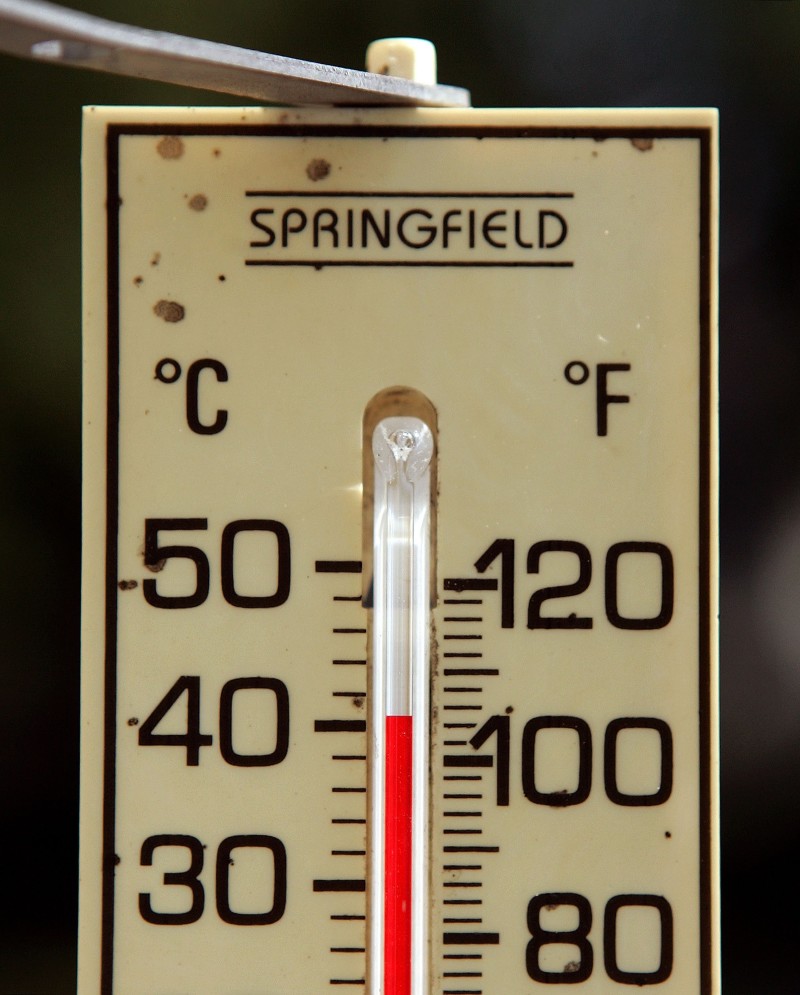Update, 11 a.m.: The California Independent System Operator has issued a Flex Alert urging all businesses and residents to conserve electricity to avoid disruptions to power supplies, as a heat wave grips much of the state.
Recommended conservation steps include turning off all unnecessary lights; delaying using major appliances until after 6 p.m., when power demand begins to drop; and setting air-conditioner thermostats to 78 degrees.
Original post: Redding: 113 degrees Fahrenheit. Woodland: 108. Sacramento and Fresno: 107. Davis, Stockton and Modesto: 106.
Those are the high temperatures forecast Tuesday for selected much-too-hot points in the Sacramento and San Joaquin valleys as the second major California heat wave in two weeks ramps up. Triple-digit temperatures are also expected in the Bay Area's inland valleys, with the National Weather Service forecasting that both Livermore and Fairfield, for instance, will hit 100.
At the coast and near San Francisco Bay, we'll bask in more humane temperatures, with most points in the 70s. Not that we're gloating.
The extravagant heat inland and the resulting demand for air conditioning has prompted the California Independent System Operator -- CAISO for short -- to issue a warning Tuesday morning about the potential for strained power supplies.
The notice was spurred both by concern about continued very high temperatures and rising demand for electricity and also by the possibility that natural gas supplies to Los Angeles-area power plants might be affected by reduced pipeline capacity. The agency also noted that there's less power available than usual in neighboring states, in case California needs imports.
For now, CAISO is encouraging conservation but has stopped short of calling a Flex Alert, in which participating large energy users would voluntarily curtail consumption to ensure adequate power supplies were available to meet systemwide demand.
Power demand is likely to be even higher in California on Wednesday, with temperatures throughout the interior forecast to rise from Tuesday's punishing levels. The forecast for Redding, for instance, is expected to hit 115. For Thursday, the forecast there is for a high of 114.
The National Weather Service in Sacramento has issued an excessive heat watch for most of the Sacramento Valley to run through Friday. A heat advisory is in place through Wednesday night for the inland Bay Area.
